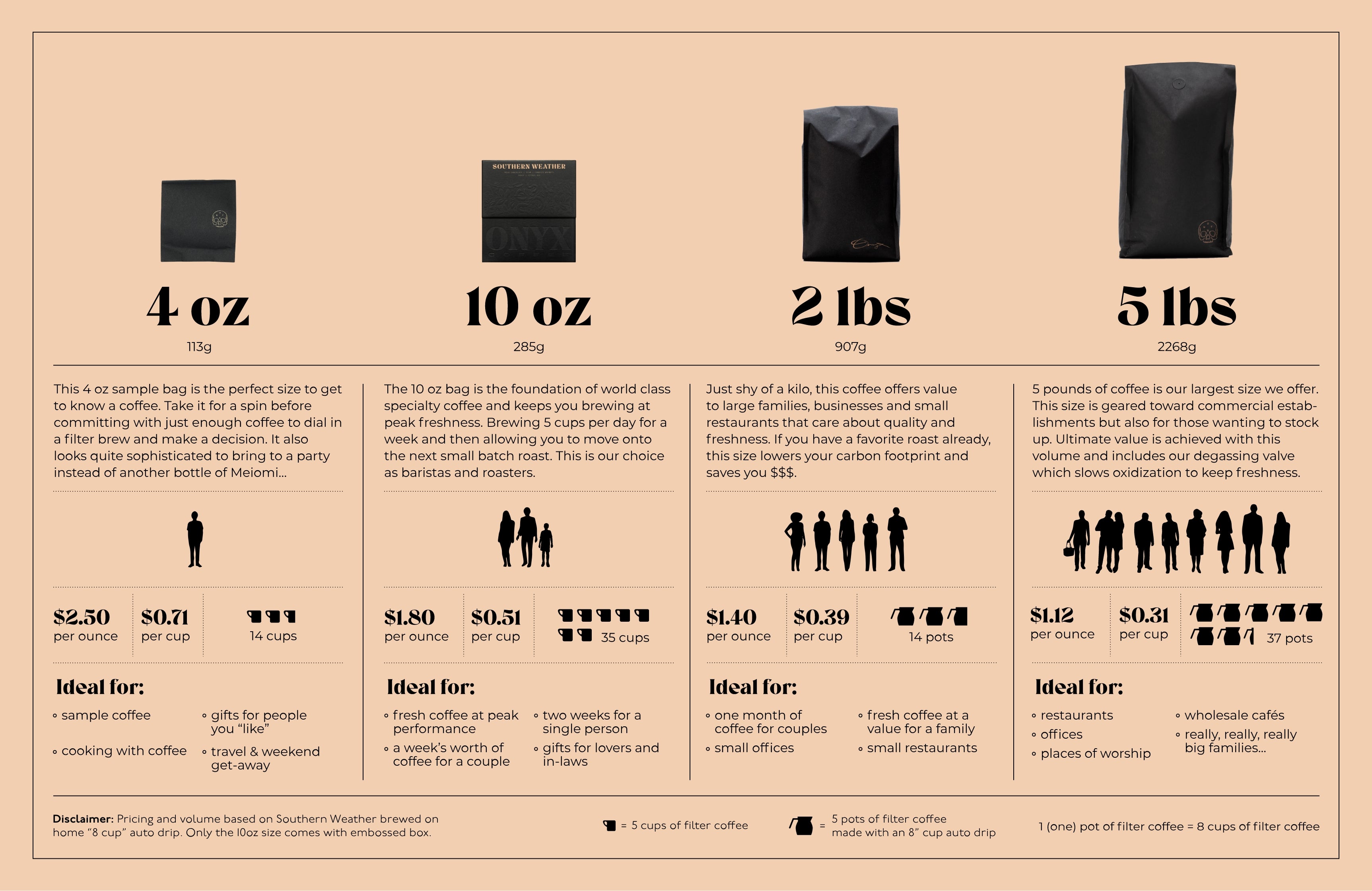Story
Creativa’s Processing Philosophy:
Creativa is a group of revolutionaries set to game the change in the coffee industry by weaving it together with the profound cultural impact of the world of contemporary art.
Art is a process that invokes change. Fermentation is our ART, and the mill is our canvas. We innovate with techniques that CHANGE the way we think about coffee, and how it is processed. Do you remember the old fashioned “fully washed”? Well, so do we. And this process can make some exceptional coffees. But, at Creativa, we believe that there is so much more. So, instead, we choose to work with controlled fermentation, slowly dried coffees, and other experimental processes that truly allow these unique coffee profiles to really stand out. That is what we bring to the specialty coffee market.
Our collaborating producers bring their beautifully ripe cherries to us at our mill, and our work begins. First, we make sure the quality is there. Average Brix levels of 18° and a pH above 4.5 is what we look for. After this, we assign the different batches to one of four fermentation methods. Each one is a carefully designed canvas that sets the stage for the cherries to become what they truly are – masterpieces. We partnered with Creativa this season on just four coffees- two Geshas and two larger lots, one of which is this ‘native’ heirloom washed typica. In order to highlight the terroir of the valley, we chose to process this large typica picking as a washed offering.
WASHED PROCESSED COFFEES
The washed process begins with coffee cherries delivered to the washing station, both from the primary market or from farmers bringing their coffee directly to the mill. The cherries are inspected, and an initial quick round of hand-sorting separates the defective coffees before placing them into the hopper. They are then funneled to the depulper, which removes the fruit from the seeds (beans). After that phase is done, the coffee is fermented underwater for approximately 12-36 hours. During this fermentation, a microbial de-mucilagation takes place, which allows the outer fruit and pectin layer to break down, making the coffee easier to dry. This phase also crucially alters the organic acids within the coffee, as sugars and organic acids are transformed, with the best washed coffees maintaining their complex fruit esters. Once the fermentation is complete, the parchment is emptied into the washing channels, where it is agitated with rakes to remove the last of the fruit layer. During this step, the water is refreshed to ensure it’s capability of separating the fruit layer from the seed. Once the washing is complete, the coffee is taken to the raised drying tables for sun drying.
Drying
After the cherries have undergone their respective processes, we set them to dry either on raised beds or our patio. Not only the largest patio in Panama but also one that carries an immensely layered and cultural story. By continuing this legacy, we honor the past while looking to the future through the lens of creativity and innovation.
Our natural environment is scorching hot around harvest time. Believe it or not, on a hot summer day, our patio can reach up to 56º Celsius. It has been a big challenge to understand how to use the high temperatures of our environment to attain our quality standards. Yet in challenging one finds reward. The high ambient temperature of our patio works to halt the fermentation processes of each coffee once it’s reached its desired pH and Brix levels, adding another layer of consistency to our methods.
It is so hot in fact, the afternoon sun threatens to dry the cherry faster on one side than the other. To prevent this uneven drying, we move the cherry every two hours. Then, before night falls, we pile the coffee into small cherry mountains and cover them to prevent any risk of rain. In the morning, we spread them out and start it all again. The cycle continues for an average of 15 days.
For the batches that are dried on raised beds, we find ideal moisture levels after about 20 days. The beds are located in a climate-controlled room, which provides the option of increasing airflow. This ingenious development came to light toward the end of our 2020 harvest, just in time to host the last of our beautiful micro-lots. We are looking forward to learning more from this drying infrastructure during our upcoming harvest….
Dry Mill
Once our cherries reach 11% moisture level, they move from the patio and raised beds to begin the dry mill process.
We use our own dry mill facility in order to guarantee that our high-quality standards are upheld and our processing creativity shines all the way to the final cup. Our sorting equipment allows us to keep temperatures low by minimizing friction between the dried coffee and the machinery. The dried mucilage left on the cherries from our natural process is at risk of sticking when heated, which can cause a number of issues. By maintaining low temperatures, we ensure a smooth flow of coffee from start to finish.
Once the coffee is hulled, and the cherry skins are successfully removed, it is sorted by density. The dense beans pass onto the next step, while the lighter ones are separated, as they are often defective.
Next, the coffee is sorted by color. This is an additional step towards a quality export. The machine is calibrated regularly to ensure that our color specifications are met, as the creativity with our processes often imparts a reddish hue.
Then the coffee is ready for the last step. All of our coffees pass through a manual selection phase before being packaged for export. We enlist the help of the local indigenous community, the Ngäbe-Buglé, to oversee this critical process.
There’s a lot of work that goes into each batch of coffee we produce. Every single hand involved in this process is a passionate one. People who pour their passion and creativity into every detail are what moves us forward while innovating, changing, and improving along the way.



